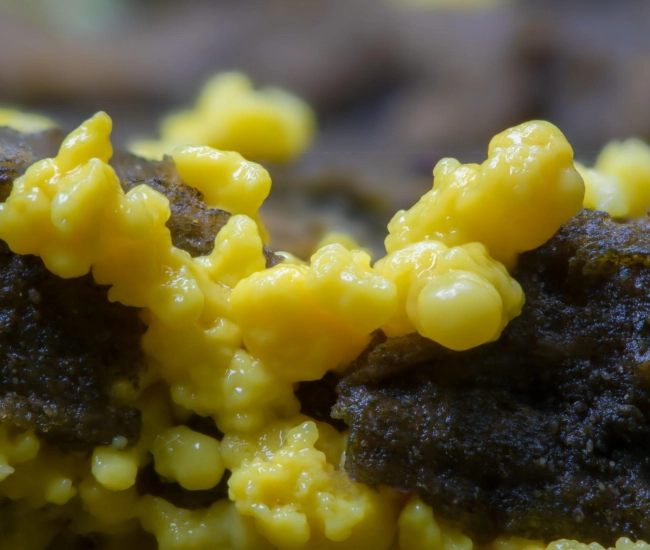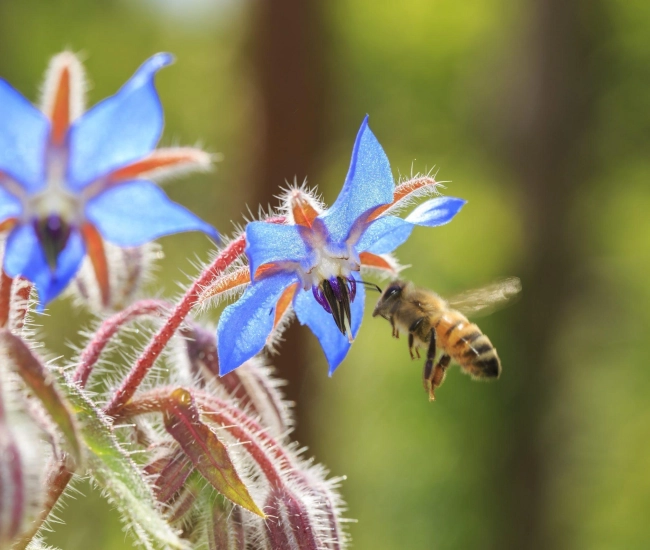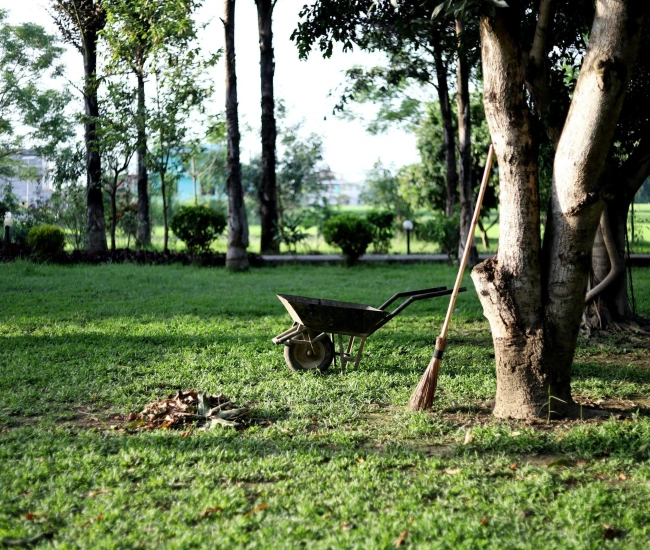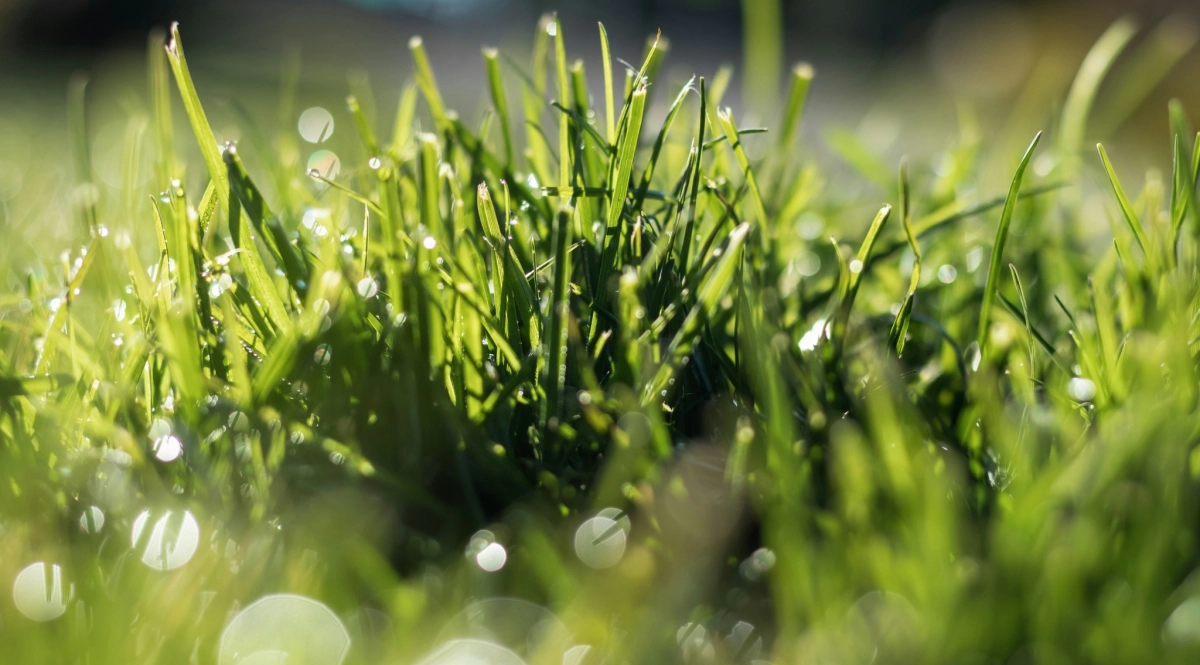
Special collaboration with Fafard
Text by Hélène Baril: Horticulturist, author & speaker
__
In urban areas as well as in the suburbs, the presence of lawns and green spaces helps improve the quality of our environment. These expanses of greenery contribute to purifying the air we breathe, control soil erosion on slopes, ensure good water percolation into the soil, and slow down runoff. Moreover, they significantly help lower the temperature during periods of drought and intense heat. Here are some simple and practical tips that will allow you to achieve a greener and more sustainable lawn.
Its maintenance
Most of us, who have a landscaped space, large or small, dream of a lush, dense, uniform lawn, and above all, free of weeds. To achieve this, you will of course need to take care of it.
Mowing
Adjusting the mower height to the maximum (8 cm) promotes deep root growth, increases drought resistance, and reduces watering needs.
The practice of grasscycling (leaving grass clippings in place) enriches the soil, naturally controls the presence of weeds, and reduces water loss.
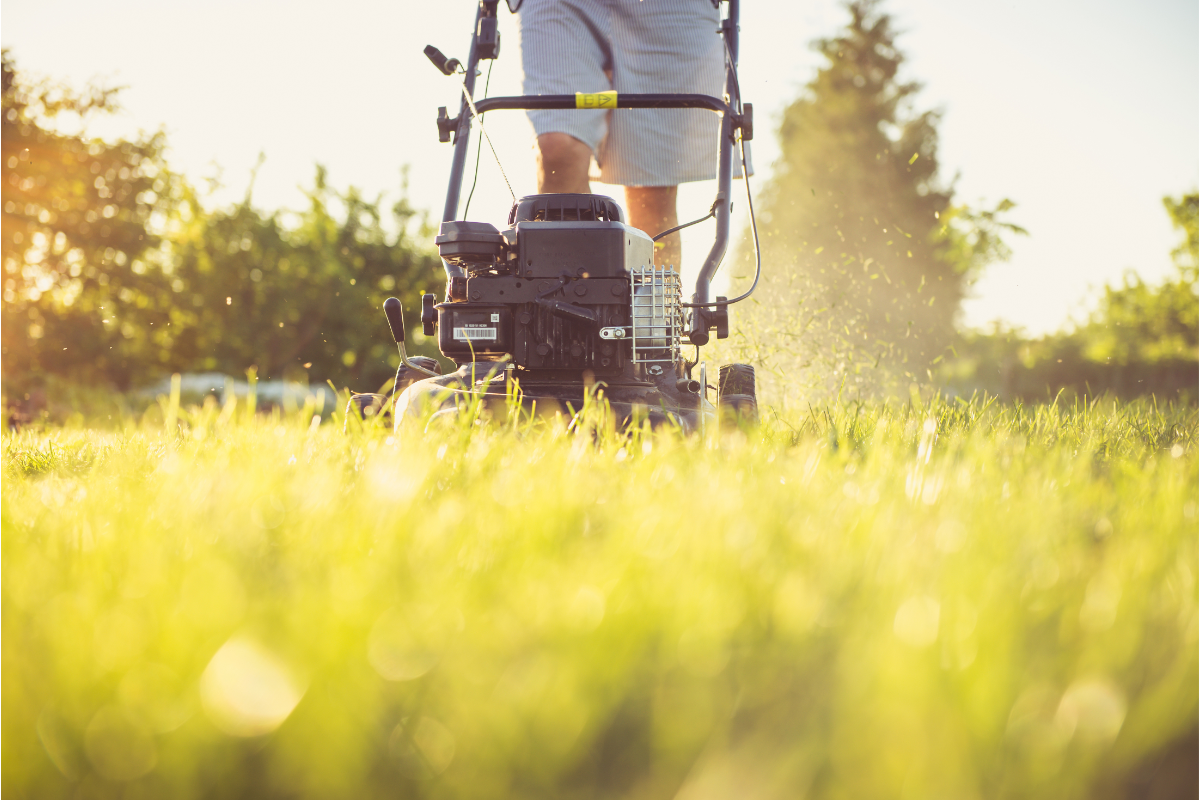
Weeding
Manual weeding is preferable to remove the entire plant. After rain or a good watering (24 hours beforehand), unwanted deep-rooted plants will be easier to extract.
Watering
Deep watering should be prioritized. It is better to water less often but deeply, which promotes the development of stronger roots, rather than practicing frequent but light watering, which encourages shallow rooting, much less resistant to drought.
Fertilization
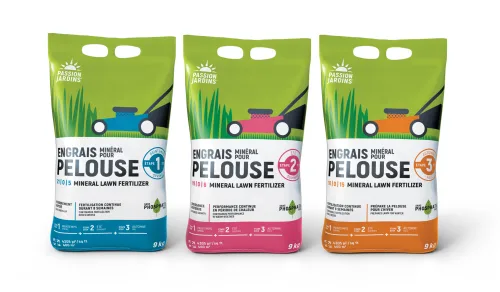
The three-step lawn fertilization program from Passion Jardins improves its appearance, density, and durability.
- Step 1 (spring): Promotes greening, increases grass density, and reduces the presence of weeds. Its action lasts for 8 weeks.
-Step 2 (summer): Encourages grass growth, increases drought resistance, and ensures even greening.
-Step 3 (fall): Prepares the lawn for the rigors of winter and promotes a good recovery as soon as spring arrives. Its action lasts for 8 weeks.
Seeds... making the right choice
When establishing or repairing your lawn, pay particular attention to the quality of the seeds and the sunlight conditions of the site to be seeded. Opt for low-maintenance grass mixes composed of three or four hardy grass species adapted to your needs.
Fafard grass seed mixes contain the highest quality grass seeds, 99.99% weed-free, and a special blend of slow-release nutrients that nourish the seeds from germination to maturity. Adapted to Quebec's climatic conditions, they are a perfect choice.
The 3 types of available seeds
-Low maintenance seeds ensure dense and rapid grass growth. Coated with a slow-release nutrient blend, they have a superior germination and viability rate. Establishes quickly in a few weeks. Provides a green and dense lawn that requires less mowing, watering, and fertilization.
-Dense shade seeds are perfect for less sunny spots where sod does not develop. They are also coated with nutrients that ensure good germination. Establishes in just 14 days. Contains seeds that tolerate lower light well. For best results, it is recommended to have at least 3 hours of sunlight per day.
-Sun & shade seeds are very versatile. They can be sown both in the sun and in light shade. Coated with slow-release nutrients, they are reliable and resistant. Establishes in just 14 days. Versatile mix that can be used for both sunny and slightly shaded areas.
Visit your Passion Jardins retailer to find everything you need.
Hélène's tip
Do not water your lawn in the spring. Let the roots draw water naturally present in the soil: they will penetrate deeper and will thus be more resistant to drought.
In short...
The lawn is good for us... let's be good for it!
__
Want to know more? Check out our lawn guide.
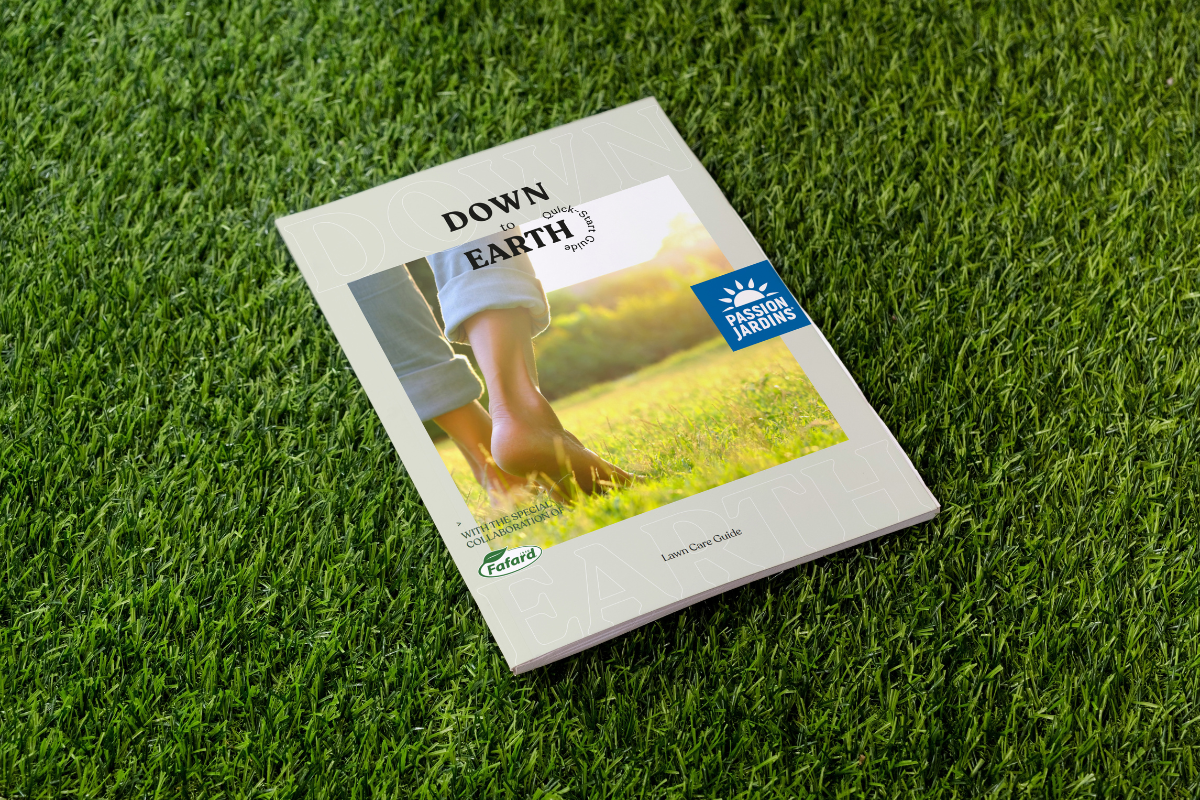
Tips and advice

